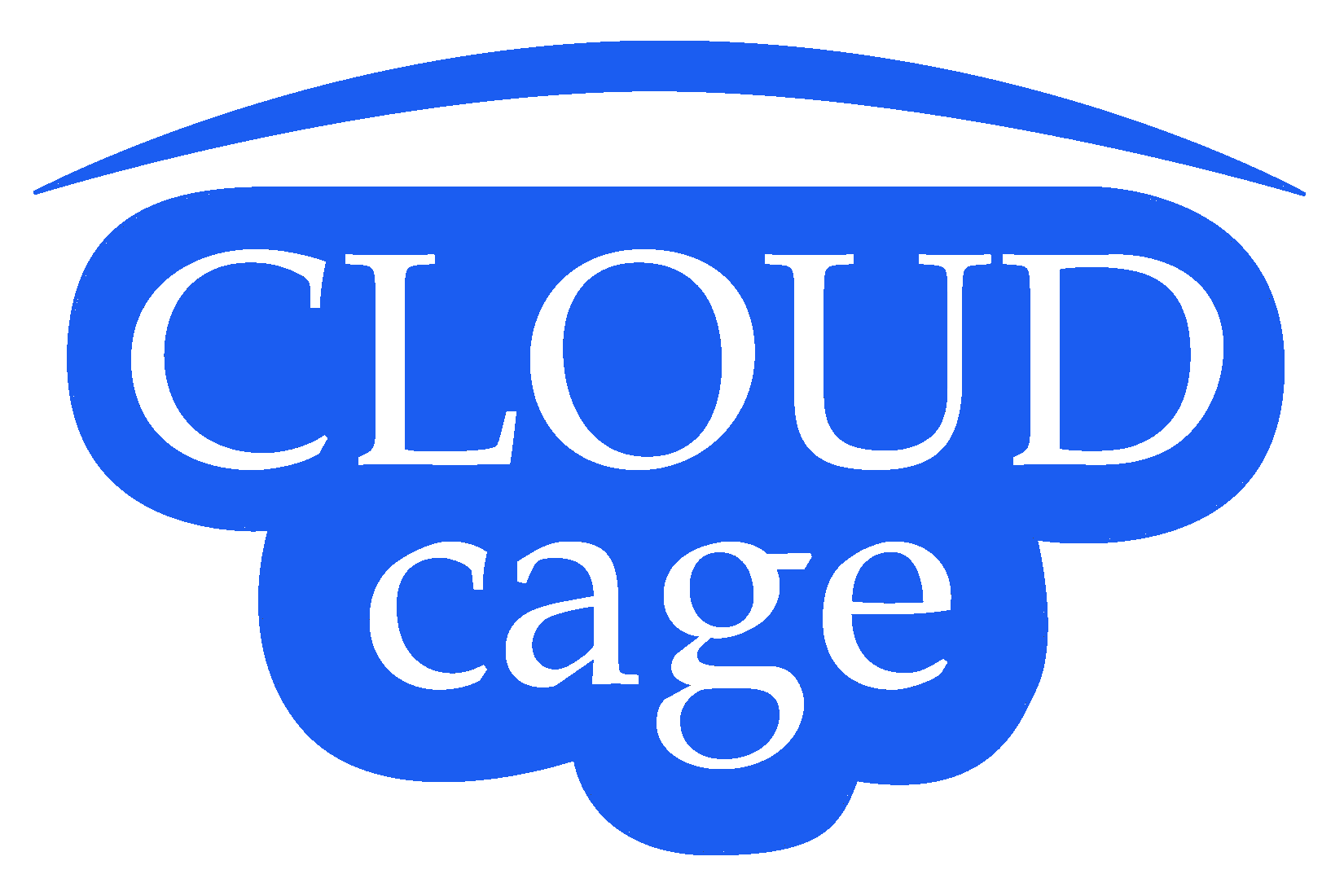Long-term Vision
Although the skills taught in the courses presented are useful independently, there is a vision that each class will build on the others so that by grades 7 and 8 students will be a able to design, build, and program their own mouse robots, the kind used in Micromouse competitions.
Micromouse is an international competition in which small robotic “mouse” robots navigate complex mazes to find the “exit” is the shortest amount of time. The competition requires both hardware and software expertise.
Courses will be designed to provide independent useful abilities and capabilities for students, but they will be connected so that students will progress toward a larger goal.
- Micromouse 1 is designed to give younger students a taste of programming while teaching them the basics of controlling a robot.
- (Game) Programming 1 is designed to teach more advanced programming concepts and structures
- Robot 1 is being designed to teach the basics of building a simple robot that can be controlled using concepts from Micromouse 1 and (Game) Programming 1, but not necessarily a mouse robot.
- Micromouse 2 is designed to teach algorithms of different sorts to students who know a little about programming and a lot about mouse robots.
- Programming 2 is being designed to teach good programming principles and interface with libraries and hardware.
- Robot 2 is intended to allow students who have been through a majority of the earlier courses to build a mouse robot.
And because repetition is valued as useful for learning, each class will be designed so that it can be taken multiple times. Students with more experience will perform the same — or similar — tasks with upgraded understanding goals so that there is never a gap and more knowledge is leveraged for even better gains. We encourage students to take the same classes in their grade levels more than once! No class is the same, and we will acknowledge and put to use the students who have better backgrounds.
Micromouse 1
Grades 1-3
G
Micromouse contestants are not typically grade school or middle school students. One reason is that the levels of programming and robotics necessary are not usually taught until high school. Another is the availability of grade school and middle school programs that take programming and robotics design seriously.
Our philosophy is that by the age of 10 students should be comfortable with keyboards and typing. While learning programming through GUIs is often perceived as faster and easier for children to understand, it removes much of the typing that serves as practice for real life. Simple text programs often look little different from GUI counterparts, and in this Micromouse class students learn Python, a real coding language used by AI scientists and engineers in almost every major high tech company.
Through this class, students get a solid understanding of absolute movement based on compass directions (north, east, west, south) and learn the relative directions (forward, left, right) necessary to navigate mazes from a robot’s perspective. And then they get to code the mouse.
Students start with a software mouse with interfaces exactly like those of the target hardware mice. What they code with the software will work directly with the hardware, no translation necessary. Students start with direction basics, controlling a software mouse through a game environment much like Pac-Man combined with Sokoban. With GUI, interactive, and pure programming modes for control, students will be guided step-by-step toward real programming.
This class is the first in a series targeted at getting students the capability to create and program their own, real Micromouse robots by grades 7 and 8. This class teaches the basics of robot control and directions with a little bit of logic while the (Game) Programming class is intended to teach more advanced programming concepts.
This class is designed to allow students to take it multiple times. While the same concepts will be taught in the first two sessions, the exercises and content are unique across class instances.
Game Programming 1
Grades 4-8
Students will learn how to code real games using actual Python and full Pygame. The instructor has taught coding to grade school students, college students, and professional engineers and focuses on the learning aspect of programming. Games are there just to make things fun.
Students will learn the basics of character control using both keyboard and control pad input to make a real game. Games will be created from the ground up, and everything that is learned will be real programming, not merely “canned scripts” with hand-holding. Some parts of the code will be done in several iterations to provide repetition to help with learning and show students concept progression. The point is to teach students how to code, not just make a game.
Students will be taught how to import sounds and graphics into their projects to make their games their own. The code will be put into repositories so that progress can be shared and the games will be theirs to keep. Just as important, concepts of game balance and design will be introduced so that students get a better idea of why games are programmed the way they are. After one full course, students will be ready to program other games, or whatever other ideas they come up with.
Game Programming is intended to be the second phase preparing students for Micromouse programming. In this course students will learn about Python objects like functions and classes and more advanced coding concepts to make real programs, not just games.
This class is designed to allow students to take it multiple times. While the same concepts will be taught across courses, the exercises and content are unique across class instances. We will never make the same game within any three-year period.
